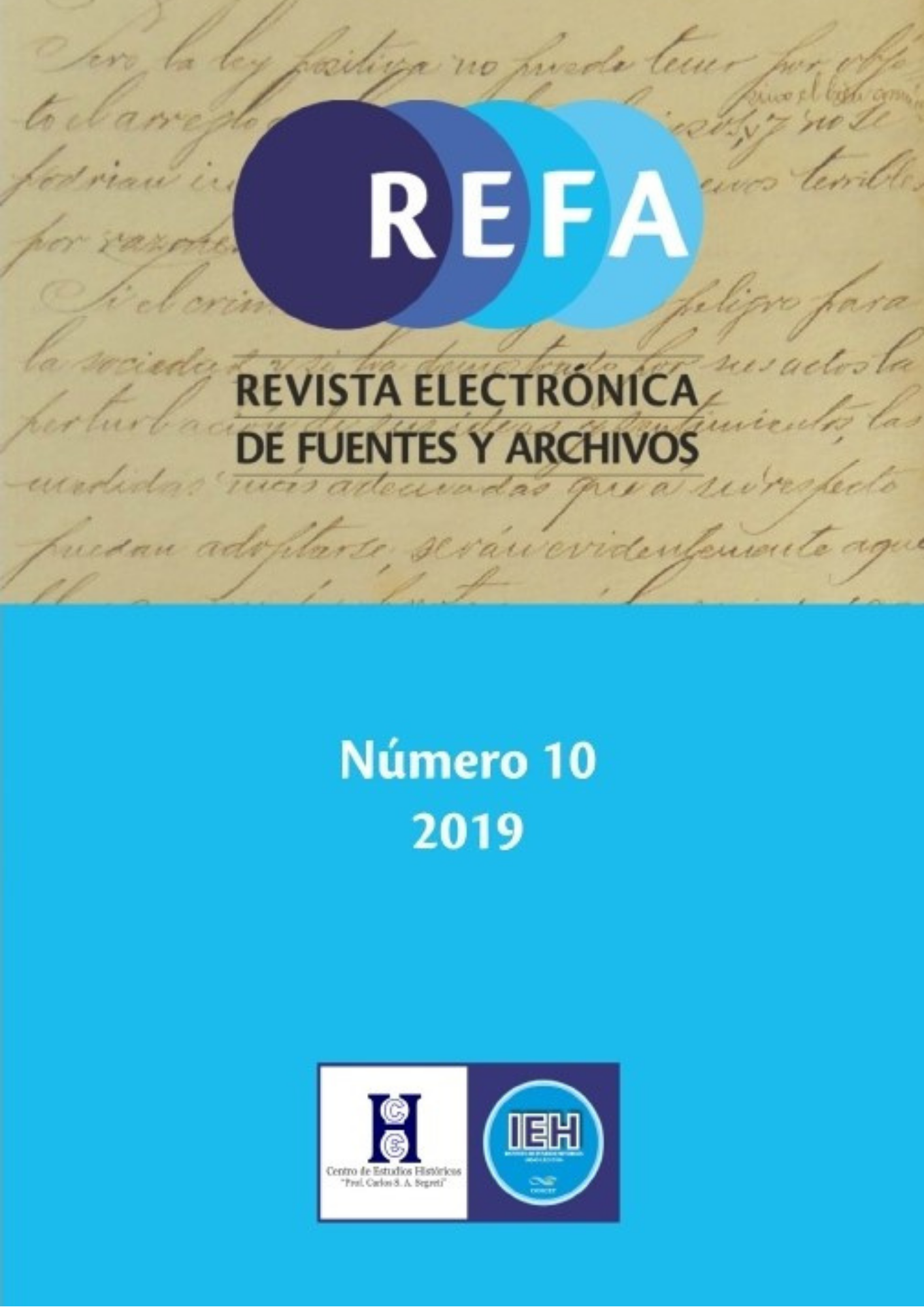Julián Carrillo´s Archive: Musical Heritage of Mexico (1875-1965)
Keywords:
musicology, micrtonalism, mexican music, Julian CarrilloAbstract
Julián Carrillo was a Mexican composer and musical theorist, widely acknowledged as one of the most important but also controversial composers of the Mexican Culture of early 20th century. He belonged to the artistic elite of Porfirio Díaz regime and kept his leadership in the cultural policy even during and before the Mexican Revolution. In 1923 he published his microtonal system named Sound 13 theory. He directed the National Conservatory of Music in Mexico for two periods (1913-14 and 1920-1923) and the National Symphony Orchestra, between 1918 and 1924. Carrillo is well known, among other things, for being a prolific writer and composer; he wrote numerous theoretical texts and also, he ventured into the design of new musical instruments. The purpose of this paper is to introduce researchers into the corpus of his
personal archive, sheltered in the Julián Carrillo Center of the Ministry of Culture of San Luis Potosí, Mexico.
Downloads
References
HERNÁNDEZ-HIDALGO Omar, Catálogo Integral del Archivo de Julián Carrillo, San Luis Potosí, México, Editorial Ponciano Arriaga, 2000.
HIJAR GUEVARA Mariana, Escuchar a la Revolución: el pensamiento musical de Julián Carrillo”, Tesis para obtener el grado en Maestría en Historia, Universidad Nacional Autónoma de México, México, 2020.
HIJAR GUEVARA Mariana, Razonar la música. Aproximaciones al pensamiento musical de Juan N. Cordero, Tesis para obtener la Licenciatura en Historia, Universidad Nacional Autónoma de México, México, 2015.
Downloads
Published
Issue
Section
License
Copyright (c) 2019 Mariana Hijar Guevara

This work is licensed under a Creative Commons Attribution-NonCommercial-ShareAlike 4.0 International License.
Se puede compartir (copiar y redistribuir el material en cualquier medio o formato) y adaptar (remezclar, transformar y construir a partir del material), siempre que: a) se cite la autoría y la fuente original de su publicación (revista, editorial y URL de la obra); b) no se use con fines comerciales; c) la distribución de las obras derivadas se haga con una licencia igual a la que regula la obra original.




















